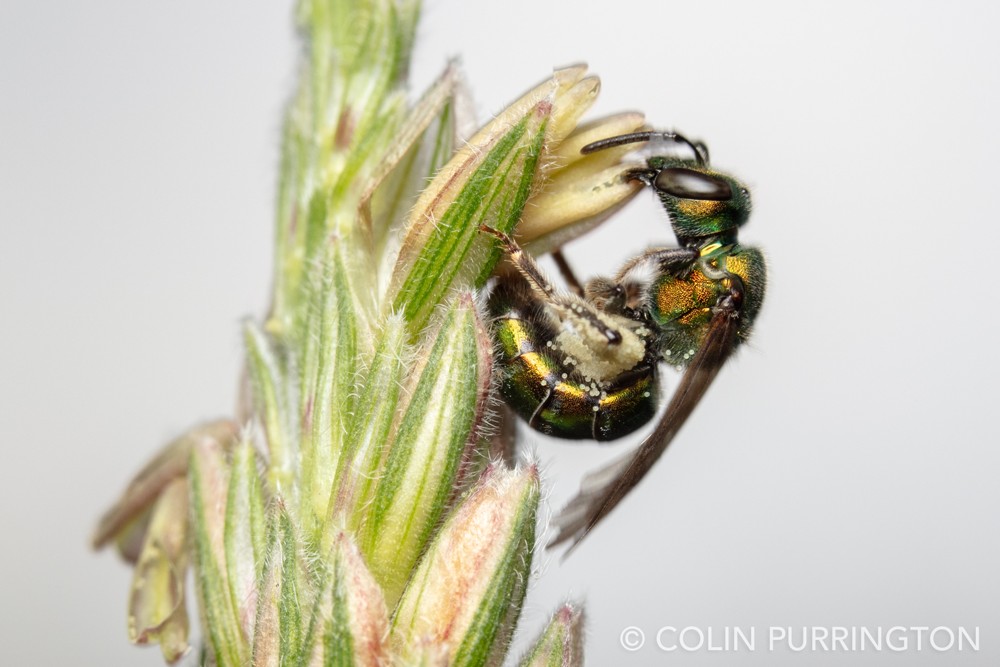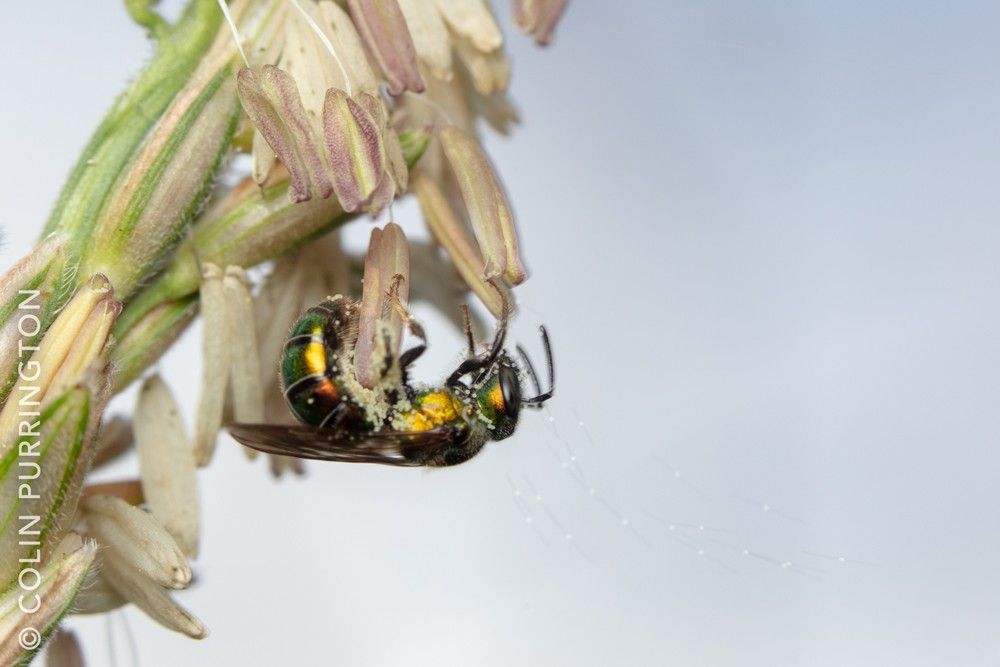Just a pic of the latest mason bee hotel I made, this one for my sister. It’s heavy, but designed to slide into a medium USPS flat rate box. Sides are cedar, top is exterior-grade plywood sprayed with a preservative. Blocks are made from old dimensional lumber (circa 1906), with 5/16″ holes that are 6″ deep. Block unit is removable so that pupae can be protected from parasites, birds, and weather once all the holes are sealed. Next spring, new blocks will be popped in while the current blocks are set outside (inside a box that has a small escape hole) to release their occupants.

Bees are going to begin their activities in the next couple of weeks, so build yours ASAP or buy online. Situate the hotel near a window so you have something to watch while you sip coffee in the morning. They make great gifts, especially if recipient has a garden, fruit trees, or blueberries.
For details and links on building mason bee houses, please see my earlier post. If you already have one and own a nice camera, please post photographs of residents on iNaturalist, then add to my Bee and Wasp Hotels project. There are multiple species of mason bees, plus you’ll get leafcutter bees, and nest-provisioning wasps. All of these residents will, of course, attract parasites such as cuckoo wasps.
For an excellent introduction to mason bees, I highly recommend “Mason bees: fun and friendly” and “It’s mason bee season!” by Marten Edwards (who was in my chemistry class at Reed College).



